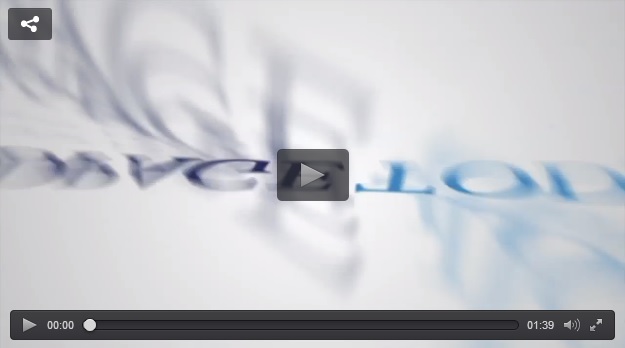Araştırmada 2014’te Ekim-Aralık aylarında Güneydoğu Minnesota’da boğmaca aşısı olmuş çocuklarda ortaya çıkan Bordetella parapertussis salgını bildiriliyor. Araştırma American Society for Microbiology (ASM)’nin düzenlediği 55th Interscience Conference of Antimicrobial Agents and Chemotherapy (ICAAC/ICC)’de sunuldu.
BORDETELLA PARAPERTUSSIS OUTBREAK IN SOUTHEASTERN MINNESOTA IN 2014
San Diego, California – September 20, 2015 – Study reports that an outbreak of Bordetella parapertussis occurred in 2014 in Southeastern Minnesota, in the months of October through December. This research is presented at ASM’s 55th Interscience Conference of Antimicrobial Agents and Chemotherapy (ICAAC/ICC).
Pertussis, commonly known as “whooping cough,” has been on the rise in the United States and globally over the past 25 years. It is a disease that stems most notably from an infection with a bacterium called Bordetella pertussis. It is predominantly seen in children and starts similarly to a common cold. However, in most cases a serious cough develops with coughing spells that can be so bad as to cause vomiting and the hallmark gasping for air, which often causes a “whooping” sound in young children. The cough may be persistent, lasting for weeks, giving it the name “100 days cough.” Due to vaccination of children against pertussis, the incidence of pertussis is lower in developed compared to developing countries. Despite the use of the vaccine, the incidence of pertussis is increasing.
Less commonly known is that the related species, Bordetella parapertussis, a “cousin” of B. pertussis, can cause a similar disease with the same symptoms.
One interesting finding is that all children involved in the outbreak were up to date with their pertussis vaccines. “This leads us to believe that the vaccine is not protecting children from the lesser-known species, Bordetella parapertussis,” said study author Vytas P. Karalius, MPH, MA, Mayo Medical School, Mayo Clinic.
“Our finding is consistent with other research previous to ours. The pertussis vaccine and its efficacy have been under recent scrutiny; it may be beneficial to consider targeting Bordetella parapertussis in the development of future vaccines,” he added.
The cases presented with the symptoms of typical pertussis or whooping cough, indistinguishable from those expected with the better-known bacterium, Bordetella pertussis. Interestingly, over the same time period as the outbreak in Southeastern Minnesota, we observed a similar increase in the number of cases we diagnosed in our reference laboratory overall; our reference laboratory tests specimens from across the United States.
###
Vytas P. Karalius and Dr. Robin Patel, director of the Infectious Diseases Research Laboratory at Mayo Clinic, will participate in a media availability both live and online on Sunday, September 20, 2015 at 9:00 a.m. PDT. The availability will be broadcast from room 29B in the San Diego Convention Center and can be viewed online at http://bit.ly/icaaclive3. Reporters are encouraged to ask questions in person or via Twitter using the hashtag #asmlive.
This research was presented as part of ASM’s Interscience Conference of Antimicrobial Agents and Chemotherapy (ICAAC) being held from September 17–21, 2015 in San Diego, California. A full press kit for the meeting, including tipsheets and additional press releases, can be found online here.
The American Society for Microbiology is the largest single life science society, composed of over 39,000 scientists and health professionals. ASM’s mission is to advance the microbiological sciences as a vehicle for understanding life processes and to apply and communicate this knowledge for the improvement of health and environmental and economic well-being worldwide.




